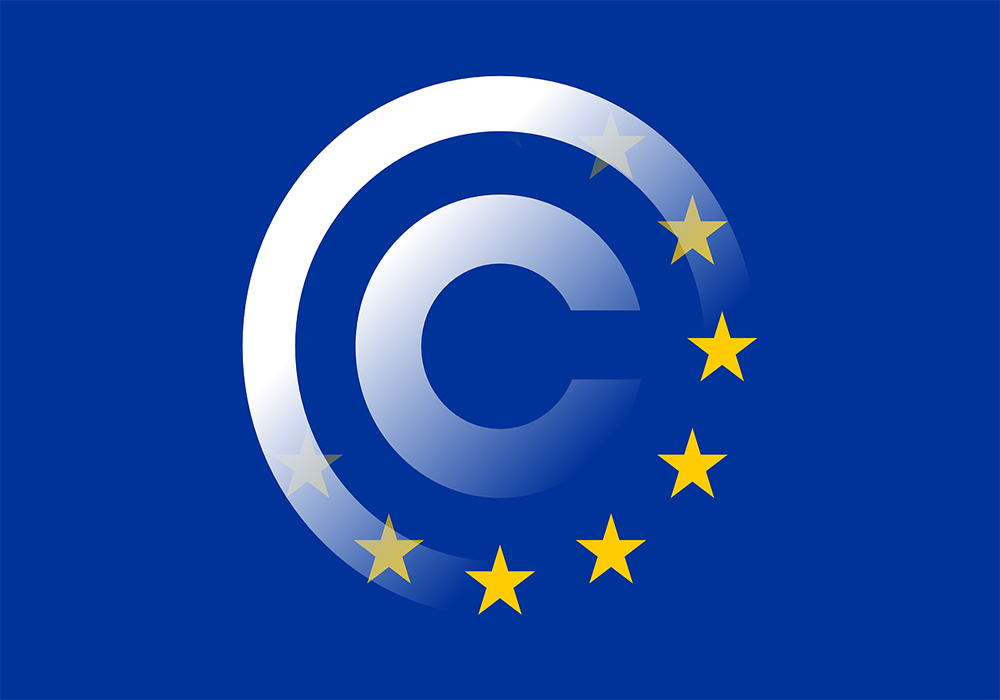European Digital Single Market and Copyright Reform.
The Directive 2019/790 of 17 April 2019, better known as the Copyright Directive, comes into force on the 6th of June. Long debated within the European Union, it exceeds what the legislator had defined in 2001, making the changes became necessary with the advent of the European Digital Single Market.
The Directive places the protection of digital content under the aegis of the EU, to guarantee the rights of the creators of the contents themselves and their fair remuneration. It therefore intends to protect the digital market and equate it with methods of protection for other more structured markets.
It introduces the right for content producers to have information about how digital materials produced are used by publishers; the law also establishes for the holder the possibility of being paid a higher contribution rate than initially defined, based on the profitability generated by the content itself.
The debate on Article 11 of the Decree (which became number 15 in the latest version of the Directive) had a lot of echo; it defines the procedures for the "Protection of journalistic publications for digital use". In fact, the latest approved version does not oblige those who use snippets (ie short excerpts) of articles or texts from other web platforms to have prior authorization from the rights holder, who cannot therefore request compensation for the use of the work.
Some categories of users will not be obliged to guarantee these forms of protection: teachers, cultural institutions in general that can, within their own "educational activities", use copyrighted works, for non-commercial purposes. Further distinctions have been made for text and data mining activities and for the development of artificial intelligence.
Even today the Directive is not fully accepted by some countries of the Union that have badly transposed some aspects: Poland, for example, has recently resorted to articles 11 and 13 (now 15 and 17). It will be interesting to understand how the Directive will be translated in the coming years at the level of the European nations (there are two years to implement the law) and how the process will reshape the use of the Internet in Europe.
The Directive places the protection of digital content under the aegis of the EU, to guarantee the rights of the creators of the contents themselves and their fair remuneration. It therefore intends to protect the digital market and equate it with methods of protection for other more structured markets.
It introduces the right for content producers to have information about how digital materials produced are used by publishers; the law also establishes for the holder the possibility of being paid a higher contribution rate than initially defined, based on the profitability generated by the content itself.
The debate on Article 11 of the Decree (which became number 15 in the latest version of the Directive) had a lot of echo; it defines the procedures for the "Protection of journalistic publications for digital use". In fact, the latest approved version does not oblige those who use snippets (ie short excerpts) of articles or texts from other web platforms to have prior authorization from the rights holder, who cannot therefore request compensation for the use of the work.
Some categories of users will not be obliged to guarantee these forms of protection: teachers, cultural institutions in general that can, within their own "educational activities", use copyrighted works, for non-commercial purposes. Further distinctions have been made for text and data mining activities and for the development of artificial intelligence.
Even today the Directive is not fully accepted by some countries of the Union that have badly transposed some aspects: Poland, for example, has recently resorted to articles 11 and 13 (now 15 and 17). It will be interesting to understand how the Directive will be translated in the coming years at the level of the European nations (there are two years to implement the law) and how the process will reshape the use of the Internet in Europe.

